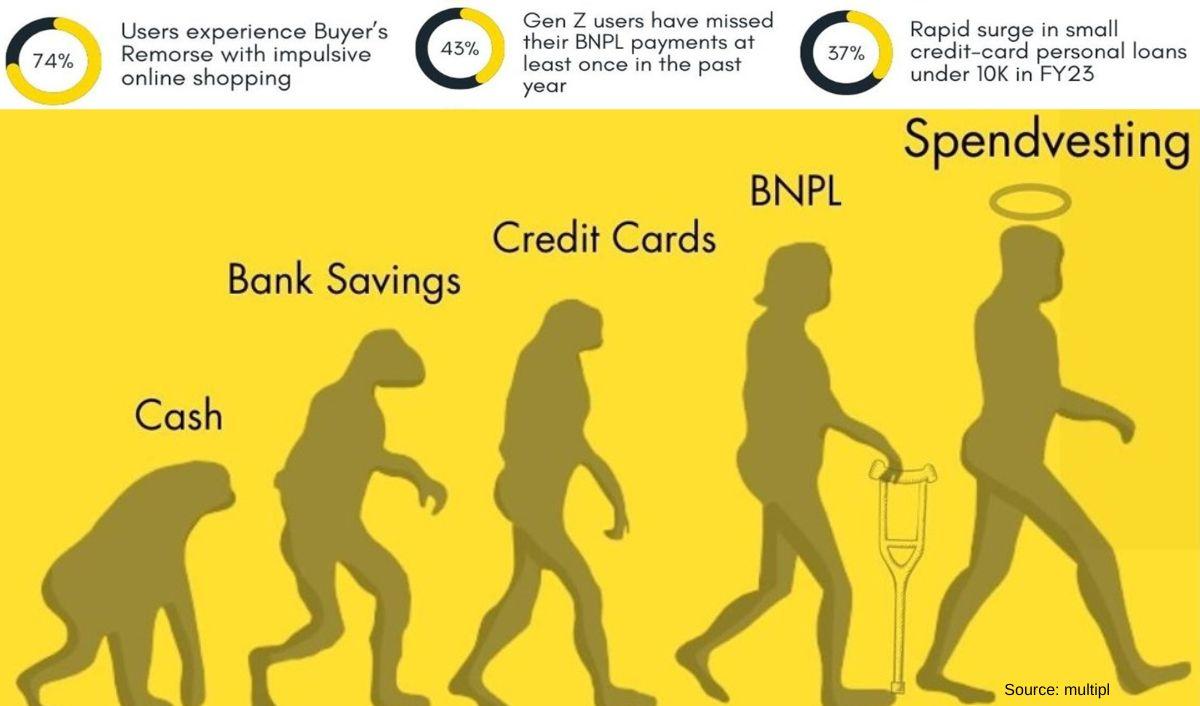Microlearning Success Stories: Real-World Case Studies of effective Implementation
Microlearning has rapidly become a leading strategy in the world of corporate training and development. But how well does it work in practice? Real-world microlearning success stories show that well-implemented microlearning programs can drive notable results, transforming employee engagement, skill acquisition, and business outcomes. This article explores effective case studies of microlearning across industries, shares practical tips, and highlights the unique benefits of this innovative learning approach.
What is Microlearning?
Microlearning refers to the delivery of education or training in small, focused bursts. These short learning sessions typically range from two to ten minutes and are designed to be easily digestible.Microlearning modules can include videos, quizzes, infographics, podcasts, or interactive scenarios, making them versatile for diverse topics.
Key benefits of Microlearning Implementation
- Enhanced retention: Bite-sized content boosts memory recall and understanding.
- Flexible access: Learners can complete modules anytime,anywhere on mobile devices.
- Higher engagement: Short, focused lessons prevent cognitive overload and increase participation.
- Scalability: New content can be created and deployed rapidly as organizational needs evolve.
- Cost-effective: Reduces time away from work and lowers training development costs.
Microlearning Success stories: Real-World Case Studies
1.cisco Systems: Boosting Global sales Enablement
As a global leader in IT, Cisco needed to equip it’s sprawling sales team with up-to-date product knowledge, while minimizing time spent away from clients.The company implemented a robust microlearning platform delivering daily “learning snacks” — short video tutorials, interactive quizzes, and quick reference guides.
- Results: Sales team reported a 15% increase in product knowledge retention within four months, and overall sales productivity improved.
- Why it worked: Synchronous, mobile-friendly content let salespeople learn on the go and review tricky topics as needed.
2. Unilever: Fast-Tracking Employee Onboarding
Global consumer goods giant Unilever overhauled its onboarding process by integrating microlearning into new hire training. Instead of lengthy, classroom-based sessions, employees engaged with a blend of short, targeted online modules covering company culture, processes, and compliance.
- Results: Onboarding duration decreased by 40%, and new hires reported significantly higher confidence and job satisfaction scores.
- Why it worked: The modular structure allowed new hires to review topics at thier own pace or revisit content as needed.
3. Deloitte: Compliance Training Made Engaging
Professional services firm Deloitte sought to improve participation in mandatory ethics and compliance training. By shifting to a microlearning strategy — using scenario-based video modules and quick reflection questions — training completion rates soared.
- Results: A 30% increase in training completion and significantly improved post-training assessments.
- Why it worked: Relatable, scenario-driven lessons delivered in short bursts captured attention and promoted real-world submission.
4. Walmart: Delivering Just-in-Time Retail Training
With over 2.2 million employees, Walmart needed a scalable training solution for rapid product launches and seasonal promotions. By adopting mobile microlearning lessons, employees could review essential information right before their shifts.
- Results: Faster ramp-up on new merchandise and higher customer satisfaction scores at launch time.
- Why it worked: Staff could access training “on the floor” without leaving their posts, boosting knowledge without disrupting workflow.
5. healthcare Provider: Clinical Procedure Refreshers
A leading US healthcare network rolled out microlearning to support ongoing training for nurses and clinicians. 90-second interactive video scenarios walked medical staff through updated protocols, ensuring fast, on-demand compliance refreshers.
- Results: Marked betterment in procedural adherence and significant reductions in medical errors.
- why it worked: Nurses could access “just-in-time” reminders on mobile tablets during shifts, reinforcing key skills at the point of need.
Lessons Learned: best Practices from Microlearning Case Studies
- Identify critical learning objectives: Focus microlearning on mission-critical skills and knowledge gaps.
- Prioritize mobile-friendly content: Ensure modules are accessible on smartphones and tablets for maximum reach.
- embed interactive elements: Videos, quizzes, and real-world scenarios increase engagement and retention.
- Encourage self-paced learning: Allow employees to learn when and how it fits their workflow best.
- Measure outcomes: Track completion rates, retention, and business impact to fine-tune your microlearning strategy.
Practical Tips for Effective Microlearning Implementation
Looking to launch microlearning in your organization? Here are actionable steps for success:
- Start small: Pilot microlearning with one department or topic before scaling.
- Leverage existing content: Repurpose manuals, webinars, and presentations into short, focused modules.
- Think multimedia: Combine video, audio, and visuals to address diverse learning preferences.
- Encourage feedback: Ask learners for input to continuously improve module quality and relevance.
- Integrate with existing systems: Use your Learning Management System (LMS) to deliver, track, and analyze microlearning usage.
First-Hand Experiences: What Learners & Leaders Say
“After we switched to microlearning, I could review important updates during my coffee break and jump right back into my shift fully prepared.”
— Frontline Employee, Retail Industry
“Before microlearning, our compliance modules were a weekly headache. Now, our team completes them on time — and actually remembers what they learned.”
— Training Manager, Finance Sector
“The transition to microlearning empowered our staff to learn at their own pace, when it fit their schedules. It’s been a culture shift for the better.”
— HR Director, Healthcare Services
Conclusion: Microlearning for Sustainable Success
The success stories and real-world case studies shared above illuminate the powerful impact of microlearning across industries — from accelerating onboarding in global corporations, to driving compliance, to enhancing frontline agility in retail and healthcare. By embracing microlearning’s strengths — versatility,engagement,and just-in-time delivery — organizations can meet evolving business challenges while supporting ongoing employee development.
Successful microlearning implementation isn’t just about technology; it requires a focus on learner needs,strong content strategy,and ongoing measurement. Whether you’re a training leader or an L&D innovator, these case studies prove that microlearning isn’t just a trend — it’s a future-ready solution for effective workforce development.
Ready to write your own microlearning success story? Start small, measure impact, and watch your employee engagement and organizational capability soar.

